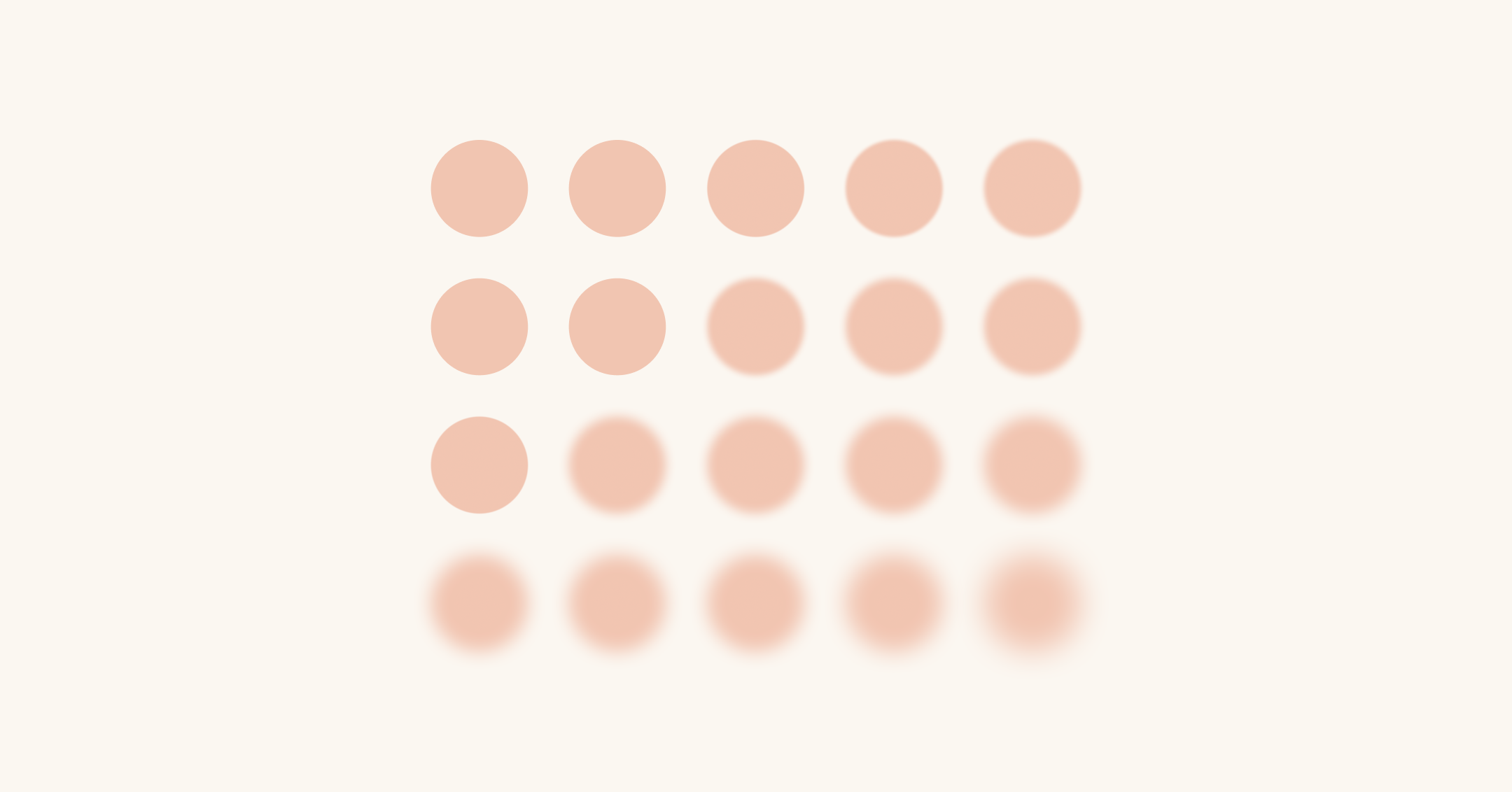ADHD is a mental health condition with three distinct subtypes and is known to cause difficulty with attention, self-regulation, and impulsivity.
According to the American Psychiatric Association (APA), combined type ADHD is diagnosed when a person meets the criteria for both inattentive and hyperactive symptoms.
Having ADHD is a form of neurodivergence that simply means that your brain works a little differently than others. With the right support, people living with all types of ADHD can succeed and thrive.
Historically, attention deficit hyperactivity disorder (ADHD), was thought to be a condition that only affects children. But according to the Diagnostic and Statistical Manual of Mental Disorders (DSM-5) — a tool used by healthcare providers to diagnose and classify mental disorders — adolescents and adults can also be diagnosed with ADHD.
ADHD is known to cause difficulty with attention, self-regulation, and impulsivity. The severity of these symptoms can change over the course of one’s life. However, they’re known to cause impairments in a person’s ability to function at school, work, and other core functions.
Like other mental health conditions, ADHD can be categorized into distinct subtypes based on a person’s symptoms.
What is combined type ADHD?
According to the American Psychiatric Association (APA), combined type ADHD is diagnosed when a person meets the criteria for both inattentive and hyperactive symptoms. ADHD is estimated to affect approximately 3% of people worldwide, with the most common presentation being combined type.
People who live with combined type ADHD don’t necessarily have the most severe symptoms. They have an ongoing struggle with a range of symptoms that make it difficult to pay attention, focus on and complete tasks, and regulate their behavior. While some people who experience ADHD as children have fewer symptoms as they get older, left untreated, these symptoms will often continue into adulthood.
The care you need, when you need it
Learn how Rula can support your mental health journey
Signs and symptoms of combined type ADHD
According to the DSM-5, there are 18 symptoms of ADHD. There are nine inattentive and nine hyperactive/impulsive symptoms. These include:
Inattentive Symptoms
Makes simple mistakes or overlooks details in school or work because they struggle to pay attention
Finds it hard to stay focused on tasks or games
Doesn’t always listen when you talk to them directly
Starts tasks but loses focus or gets sidetracked and doesn’t finish them
Struggles to plan and stay organized
Avoids tasks that require a sustained mental focus
Often misplaces things they need for work or school, like paperwork, their glasses, or their phone
Gets distracted easily
Forgets to do everyday things
Hyperactive/Impulsive Symptoms
Can’t stop fidgeting with their hands or feet, or feels restless when sitting
Stands up and moves around when they’re supposed to stay seated
Runs or climbs when it’s not the right time or place. (Adults might just feel very restless.)
Finds it hard to do quiet activities without making noise
Always seems super energetic, like they’re powered by a battery that won’t quit
Talks excessively
Answers questions before the person asking them has finished speaking
Struggles to wait for their turn
Inserts themselves into other people’s conversations or activities without being invited
To be diagnosed with combined type ADHD, children up to age 16 must exhibit six or more symptoms from each category and people age 17 and older must exhibit five or more symptoms of each category.
These symptoms must negatively impact daily life over the course of at least six months, must occur in more than one setting (as in, not just at school or work), and there must be evidence of some symptoms occurring before the age of 12. And lastly, for purposes of diagnosis, the symptoms should not be better explained by another mental health condition.
All of these signs and symptoms are best assessed by a healthcare provider. If you’re noticing some of these symptoms, get assessed by a professional.
Dig deeper:
Diagnosis of combined type ADHD
All types of ADHD are diagnosed in a similar fashion.
While there are many ADHD “quizzes” available online you can use to self-diagnose, they don’t offer the same individualized path to care as working with a professional. A therapist can create a science-backed treatment plan that reflects your unique needs. They’ll start by having a conversation with you to better understand your concerns. They’ll inquire about your medical, family, and mental health history and ask about when you first began noticing ADHD symptoms. You’ll talk about any patterns you may have noticed about what seems to make things worse and what seems to help you get back on track.
Your therapist may also incorporate an ADHD test like the Conners’ Adult ADHD Rating Scales (CAARS) or the Vanderbilt Assessment (depending on your age). They’ll use the results of these assessments, in addition to the information from your conversations, to make an accurate assessment and diagnosis. From there, they’ll help you set some short and long-term goals for treatment, learn new coping skills, improve your organizational skills, and work on managing impulsivity.
Find support for combined type ADHD with Rula
While living with combined type ADHD can be challenging, it doesn’t mean you can’t succeed and thrive. Having ADHD is a form of neurodivergence that simply means that your brain works a little differently than others. If you or someone you care about is living with ADHD, know that you can learn to navigate your symptoms with the right support.
At Rula, our diverse network of therapists offers specialized care for all types of mental health concerns, including combined types of ADHD. And since we’re a digital-first platform, you can meet with your provider at a time and place that’s convenient for you. When you’re ready, we invite you to explore our therapist matching platform and connect with a therapist who takes your insurance in as little as two days.
Find therapists who specialize in ADHD near you
New York – Texas – California – Georgia – Illinois – Hawaii – Indiana – Virginia – North Carolina – Pennsylvania – Find your city
Rula's editorial process
Rula's editorial team is on a mission to make science-backed mental health insights accessible and practical for every person seeking to better understand or improve mental wellness.
Members of Rula’s clinical leadership team and other expert providers contribute to all published content, offering guidance on themes and insights based on their firsthand experience in the field. Every piece of content is thoroughly reviewed by a clinician before publishing.





